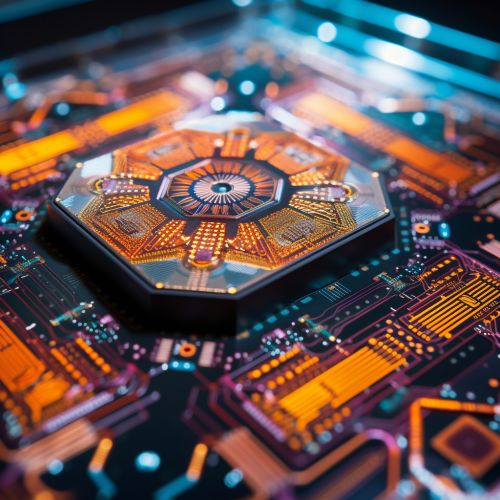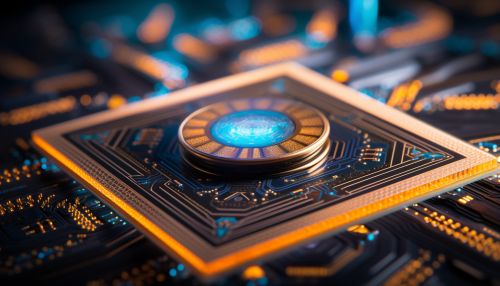Advances in Quantum Metrology and Precision Measurement
Introduction
Quantum metrology, a sub-field of quantum physics, is an area of research that explores the application of quantum mechanics to measurement science. It aims to achieve a high level of precision that surpasses the limits of classical metrology. This article delves into the recent advances in quantum metrology and precision measurement, highlighting the significant developments and breakthroughs in the field.


Quantum Metrology: An Overview
Quantum metrology is based on the principles of quantum mechanics, which describes the behavior of particles at the smallest scales. It leverages the unique properties of quantum systems, such as superposition and entanglement, to make measurements with unprecedented precision.
The field of quantum metrology has seen significant advancements in recent years, driven by the rapid development of quantum technologies. These advancements have not only improved the precision of measurements but have also opened up new avenues for research and development in various scientific and technological domains.
Advances in Quantum Metrology
Quantum Sensors
Quantum sensors are devices that use quantum coherence or quantum entanglement to achieve high sensitivity or resolution. They have been used in various applications, from gravitational wave detection to biological imaging. Recent advancements in quantum sensor technology have led to the development of more accurate and sensitive sensors, pushing the boundaries of precision measurement.
Quantum Clocks
Quantum clocks, which use the vibrations of atoms or ions to keep time, are among the most precise time-keeping devices in existence. Advances in quantum clock technology have led to the development of optical lattice clocks and single-ion clocks, which offer unprecedented levels of accuracy and stability.
Quantum Imaging
Quantum imaging is a technique that uses quantum correlations between light particles to create images with higher resolution and sensitivity than classical imaging techniques. Recent advancements in quantum imaging have led to the development of ghost imaging and quantum lithography, which have potential applications in fields such as biomedical imaging and nanotechnology.
Precision Measurement
Precision measurement is a critical aspect of scientific research, technological development, and industrial processes. With the advent of quantum technologies, the field of precision measurement has witnessed significant advancements, leading to the development of more accurate and reliable measurement devices and techniques.
Atomic Interferometry
Atomic interferometry is a technique that uses the wave-like nature of atoms to make precise measurements. Advances in atomic interferometry have led to the development of atom interferometers, which have been used in various applications, from precision measurement of gravitational forces to navigation and geodesy.
Quantum State Estimation
Quantum state estimation is a process of determining the state of a quantum system based on measurement results. Advances in quantum state estimation have led to the development of more accurate and efficient estimation techniques, which are crucial for quantum information processing and quantum computing.
Quantum Noise Reduction
Quantum noise reduction is a technique used to reduce the noise in quantum systems, thereby improving the precision of measurements. Recent advancements in quantum noise reduction have led to the development of quantum error correction codes and decoherence-free subspaces, which are essential for the realization of fault-tolerant quantum computing.
Future Prospects
The field of quantum metrology and precision measurement continues to evolve, driven by the ongoing advancements in quantum technologies. Future research in this field is expected to lead to the development of more accurate and sensitive measurement devices and techniques, which could have far-reaching implications for various scientific and technological domains.
